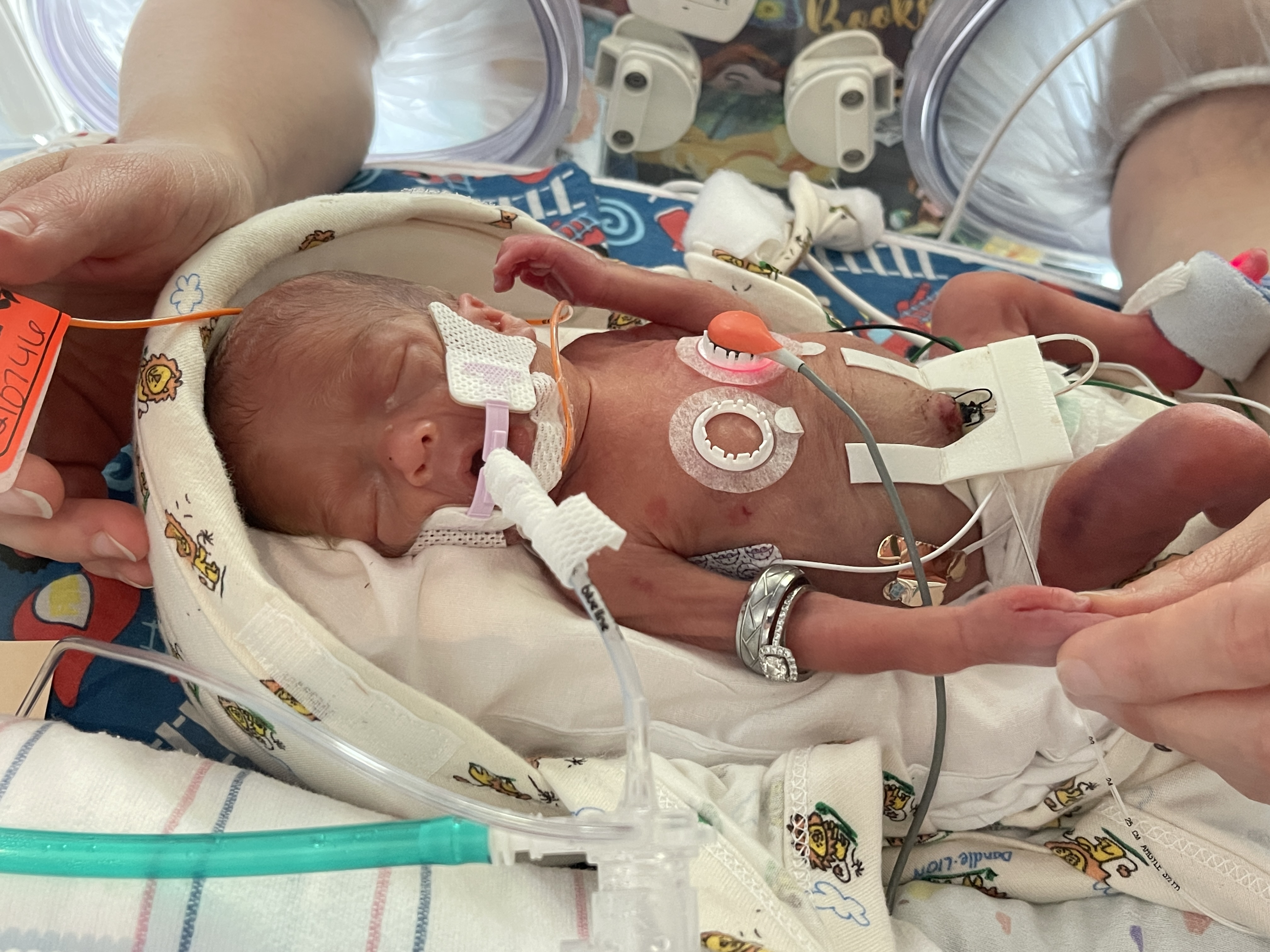Chelsea Lee, BSN, RNC-NIC | Bradley Sexauer, MBA, RRT-NPS | Margie White, BS, RRT-NPS
This whitepaper explores how ventilation perfusion (V/Q) mismatch may cause inaccuracies in end-tidal CO2 readings, why arterial blood gases are not an ideal solution for many patients, and why transcutaneous CO2 monitoring may be an alternative to consider.
Why does V/Q mismatch matter?
All healthcare professionals know that oxygenation and ventilation are separate but equally important functions of the respiratory system. However, measuring and monitoring ventilation through continuous CO2 parameters is not always standard of care — even though the effects of impaired ventilation can be just as damaging to patients as impaired oxygenation. Solving this problem requires reviewing some basic principles and diving deeper.
Which patients are affected by V/Q mismatch?
V/Q mismatch is likely to affect patients experiencing any of the following: asthma, obstructive sleep apnea, COPD, pneumonia, airway obstruction, pulmonary hypertension and edema, positive pressure ventilation, impaired cardiac output, pulmonary embolism, or worsening hypertension, as well as other conditions.
To download the whitepaper, please fill out the form below:




